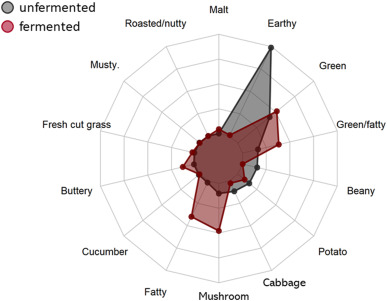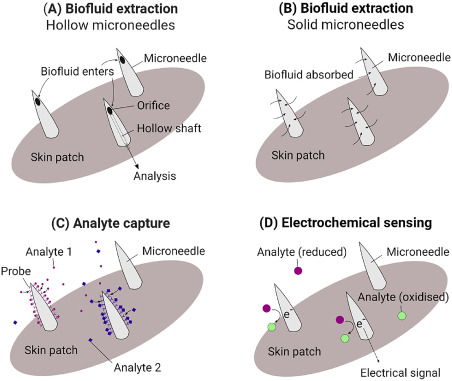Research4Life has been providing free and low-cost access to scientific research in the developing world for 20 years. Read this insightful story about the history of Research4Life, and its new strategy for the future with the aim to help researchers in the developing world fully participate in the global research community. This relates to SDG 4, 10 & 17.
Plant proteins can serve as inexpensive and environmentally friendly meat-replacements. However, poor taste characteristics and relatively low nutritional value prevent their full acceptance as meat substitutes. Fermentation of food has been historically used to improve the quality of foods. In this work we describe the improvement in digestibility, nutritional value, physical properties, and organoleptic characteristics, of a pea and rice protein concentrate blend through fermentation with shiitake mushroom mycelium.
Cathy Laporte, portfolio director for the in-cosmetics Group, part of RX, discusses the growing momentum towards a more conscious beauty industry, and in-cosmetics’ role in driving sustainable innovation and growth.
A Review in support of SDGs 3 and 12, focusing on the decrease in traditional food availability and the increase in food import dependence in small islands, discussing the resulting reduction in diet quality and food security and the increase in type 2 diabetes risk.
This paper presents a literature review, describing the main research fields in agricultural land systems and their linkage with SDG 2, 3, and 15, namely the discrepancy in the percentage of publications by research field emphasizes the need for future studies to fulfil this gap because each domain has a vital role in providing knowledge to food security and the SDGs
The sampling of interstitial fluid for real-time assay requires techniques that are sensitive, rapid, painless, minimally invasive and easy to use by patients. Microneedles can be incorporated into biosensors with subsequent use of these platforms for continuous monitoring or bio-chemical detection of analytes in the dermal interstitial fluid. Supports the goal of SDG 3.8 to achieve universal health coverage, including financial risk protection, access to quality essential health-care services and access to safe, effective, quality and affordable essential medicines and vaccines for all.
Elsevier,
Artificial Intelligence and Data Science in Environmental Sensing: Cognitive Data Science in Sustainable Computing, 2022, pp 93-108
This chapter advances the UN SDG goals 9, 12, and 13 by discussing the potential of AI to overcome socioenvironmental challenges such as unsustainable resource consumption and poor management of natural disaster responses.
Race and kidney function.
This Review supports SDG 3 and 10 by highlighting how genomics research intersects with existing racial and ethnic inequalities and forms of exclusion; there is no universally accepted, consistently applied method for categorising genomic data, which the authors argue is problematic, both from a clinical and scientific perspective, but more fundamentally in terms of the ability of genomics research to achieve the core ethical values of equity and justice.




